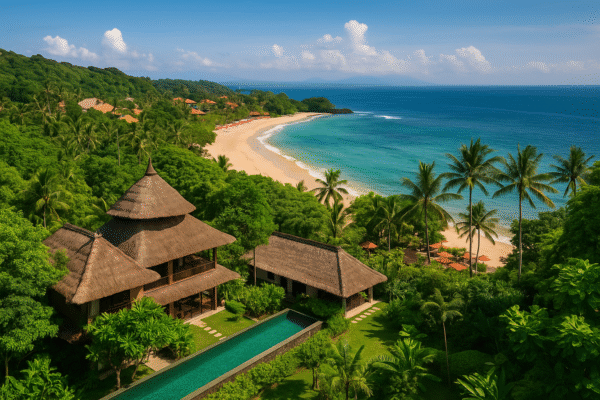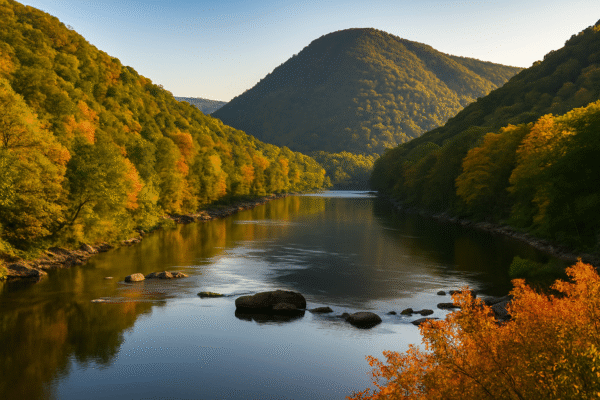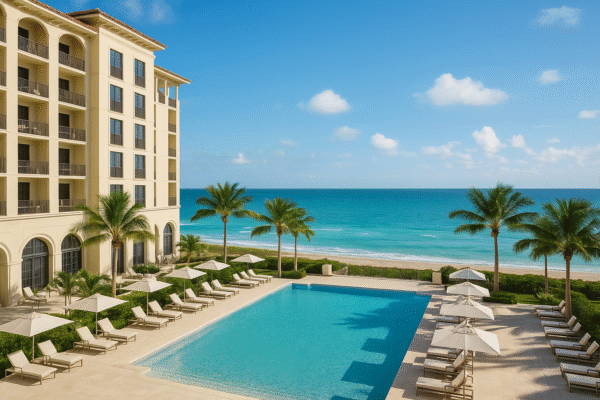On August 8, 2025, Costa Rica’s Constitutional Chamber (Sala IV) issued a landmark environmental ruling, blocking a proposed increase in daily visitor quotas to Corcovado National Park. Situated in the Osa Peninsula, this UNESCO-designated Biosphere Reserve is often hailed as the crown jewel of Central American ecotourism.
The court decision mandates the Ministry of Environment and Energy (MINAE) to revoke its previous expansion plan and requires the development of a new science-based framework to guide sustainable tourism management at the park. The court found that the previous plan lacked technical data and failed to uphold essential environmental protections.
Why This Ruling Matters for Tourism in Costa Rica
Costa Rica’s economy heavily relies on nature-based tourism, and Corcovado National Park stands at the heart of this model. Attracting tens of thousands of visitors annually, the park is known for its pristine habitats, including coastal rainforests, mangrove swamps, and secluded beaches. It harbors over 500 tree species, 367 bird species, 140 mammals, and 6,000+ insect species — many of them endangered or endemic.
Increasing human traffic, particularly in sensitive areas like the Sirena Ranger Station, posed a risk to this fragile ecosystem. The now-overturned plan had proposed increasing the daily visitor limit by 120 individuals, a move that conservationists argued would accelerate habitat degradation and disrupt wildlife corridors.
What Triggered the Legal Challenge?
The lawsuit was brought forward by Ariel Robles, a legislator from the Frente Amplio party. Robles asserted that the proposed increase violated the precautionary principle enshrined in Costa Rican environmental law. He emphasized that without baseline studies or a proven environmental impact assessment, such changes posed an unjustifiable risk to the ecological integrity of the park.
The National System of Conservation Areas (SINAC) attempted to defend its position by referring to its “visitor management tool”, which allegedly measured carrying capacity. However, the court found this tool insufficient for making science-backed policy changes.
In its ruling, the court emphasized that any future revisions must involve technical criteria, independent environmental studies, and a framework that prioritizes the long-term ecological health of Corcovado over short-term economic gains.
Economic Ramifications for the Osa Peninsula
This decision is not without consequence for local economies. Communities in Puerto Jiménez, Drake Bay, and surrounding towns depend on park tourism for their livelihoods. From eco-lodges to local guides and transportation providers, many fear short-term financial strain due to the restricted access.
However, conservation experts argue that maintaining the ecological health of Corcovado will result in more sustainable, high-value tourism over time. Instead of focusing on mass tourism, the ruling offers an opportunity to shift toward quality-driven experiences — such as guided wildlife observation tours, educational programs, and conservation volunteering — which attract eco-conscious travelers willing to pay a premium.
Local tourism stakeholders are now encouraged to collaborate with environmental scientists, NGOs, and park authorities to develop services aligned with low-impact tourism principles.
A Model for Sustainable Tourism Worldwide
Costa Rica’s decision resonates far beyond its borders. In an era of increasing over-tourism and climate instability, the Corcovado ruling may set a global precedent for how emerging and developed nations manage visitor flows to ecologically critical areas.
International ecotourism organizations, including the Global Sustainable Tourism Council (GSTC), praised the ruling as an example of policy-driven conservation. The World Wildlife Fund (WWF) and National Geographic Explorers have long pointed to Corcovado as a rare model where conservation and tourism coexist, and this ruling reinforces that vision.
Costa Rica is already celebrated for its ambitious carbon-neutrality goals and forest conservation programs, and this ruling affirms its commitment to environmental stewardship — even when faced with economic pressure.
What’s Next for Visitors to Corcovado National Park?
For travelers planning a trip to Corcovado, the ruling means visitor quotas will remain at current levels, with no expansion permitted until MINAE introduces a new scientifically validated policy. This may lead to limited availability, particularly during peak travel seasons like December to April.
To ensure access, tourists are advised to book guided tours well in advance through registered tour operators. It’s also recommended to explore alternative natural attractions within the Osa Peninsula, such as:
- Piedras Blancas National Park
- Caño Island Biological Reserve
- Golfo Dulce Forest Reserve
These sites offer similarly breathtaking landscapes and wildlife viewing opportunities, while helping distribute tourism more evenly across the region.
Final Thoughts: Striking a Balance Between Nature and Economy
The Costa Rican court’s ruling reaffirms the principle that nature is not infinite, and that even the most ecologically conscious countries must constantly refine their tourism strategies.
Corcovado is a living laboratory and a sanctuary of global ecological importance. With tourism being a double-edged sword, the challenge lies in leveraging its economic potential while minimizing its environmental footprint.
This ruling offers a blueprint for global destinations grappling with the same challenge — reminding us that preserving nature is not just a moral imperative, but also a long-term investment in the health of our planet and the resilience of our tourism economies.
For more travel news like this, keep reading Global Travel Wire
















